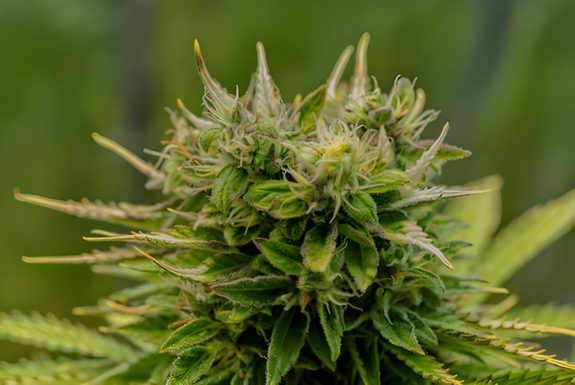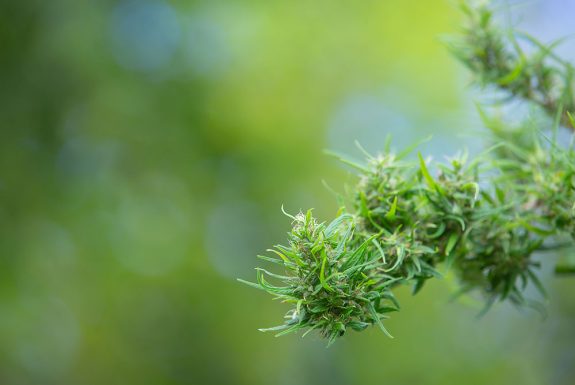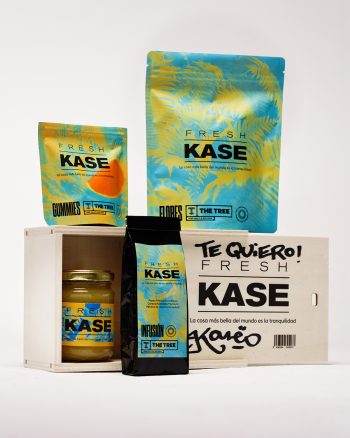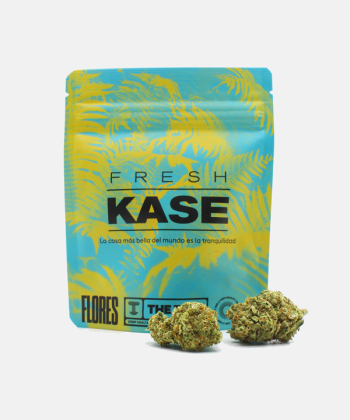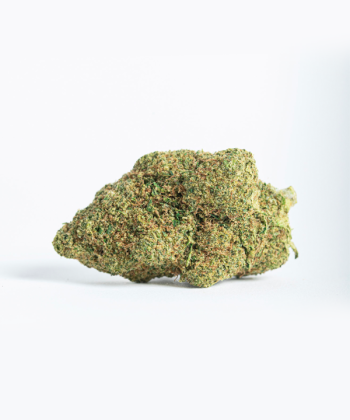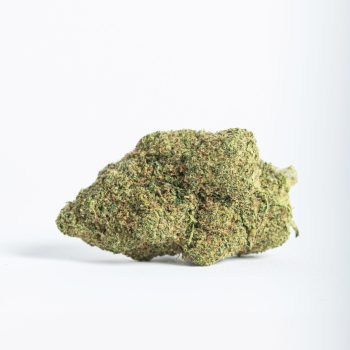The development of cannabis plants is mainly divided into two stages: growing and flowering. During the first stage, plants develop from a freshly germinated seed to over two metres tall if planted directly in the ground, without a pot. During the second, flowering, the plants form their precious buds.
The flowering phase is the period when the plants develop their flowers, fattening them, covering them with resin and emanating delicious aromas. Cannabis has specific needs during this time and they need to be met correctly in order to achieve a high quality end product.
In this article, we will take a brief look at what these needs are and how they can be properly met.
The importance of healthy growth
The growth or vegetative phase is the stage in which cannabis grows and develops in preparation for the flowering phase. It is vitally important that plants start the vegetative phase healthy and vigorous, otherwise complications can occur.
If a plant shows slow or spindly growth, with weak or brittle branches, it will not only produce poorer quality buds, but will also be less resistant to possible pests and diseases.
In addition, plants must reach flowering without nutritional deficiencies because, by the time they begin to show symptoms of these, they have already been affected, having to invest time and energy in remedying the damage instead of dedicating it to the formation of buds.
Evolution of cannabis plants in the flowering stage
During the first days of the flowering phase, the crop goes through a transition. It starts to demand more phosphorus and potassium than in growth, but still needs high amounts of nitrogen.
As flowering progresses, the flowers get fatter and, when they are about the thickness of a finger, nitrogen fertilisation should be withdrawn and high doses of phosphorus and potassium should be added. At this point, the crop will also need sugars and micronutrients.
Finally, when the harvest is a couple of weeks away, fertilisers should be stopped so that the plants can finish consuming the fertilisers they already have in the soil or substrate. In addition, it is also highly advisable to wash the roots, which consists of adding a large amount of water to wash excess minerals out of the pot or into the lower layers of the soil.
Possible pests and diseases during the flowering period
The pests that most damage cannabis crops during flowering are spider mites and caterpillars. While neither of them directly attack the flowers, they do cause damage that harms them, so that they spoil before they are harvested.
Despite its name, the spider mite is not a spider, nor does it have to be red. It is a mite that feeds on the cellular juices of plants, causing the death of the cell from which it extracts them. The damage caused by just one of these mites is ridiculously tiny.
The problem lies in their reproductive capacity, whereby their population increases exponentially in a few days, reaching several thousand per plant. When feeding, these insects cause thousands of these small lesions, damaging the crop.
In addition, they weave a kind of spider’s web over the flowers, which ends up damaging them definitively. This pest usually affects plants that suffer from drought and are exposed to very high temperatures. Frequent watering is therefore essential to prevent it.
Another pest that usually causes a loss in the productive capacity of cannabis is the caterpillar. Commonly, these larvae belong to the species Spodoptera exigua and Spodoptera littoralis, which are nocturnal moths.
They eat the leaves and small branches of cannabis plants, preventing the flow of sap to the flowers, which are then damaged. They also leave a trail of droppings between the buds and cause wounds that facilitate fungal infection.
As for fungi, they are usually favoured during autumn, due to the climatic conditions of this season. The most common are powdery mildew and botrytis. The former is not lethal and, although it cannot be cured, it can be effectively controlled. The second is lethal and directly damages the flowers, rendering them completely useless.
Harvesting
After months of cultivation, the flowers can be harvested once they are ripe. Harvesting is a simple task, but it must be done properly. Although it is ideal to cut the buds at the peak of flower ripening, it is not always possible to do this.
In the case of indicas (BLD), as they are harvested before autumn arrives, there is no problem with this. However, for the varieties that take a little longer to flower and mature, the sativas (NLD), the weather at this time can be a great difficulty.
Storms with strong winds, hailstorms, frost and increased humidity can cause injury and encourage fungal diseases, so that the buds may have to be harvested before they are fully mature.
In summary, the keys to good flowering are healthy growth and proper feeding and watering. In addition, prevention and control of pests and diseases are essential.

